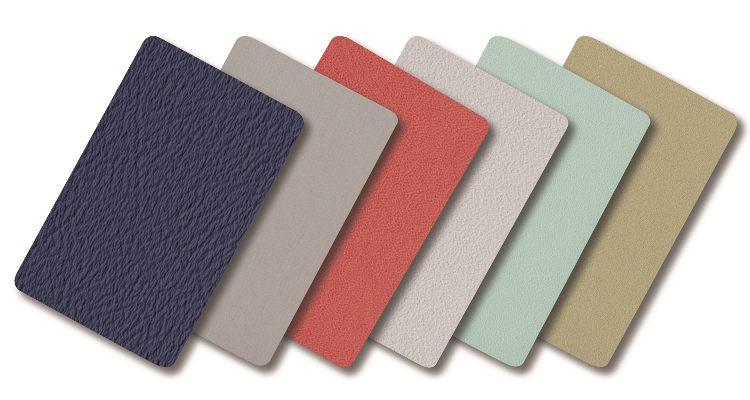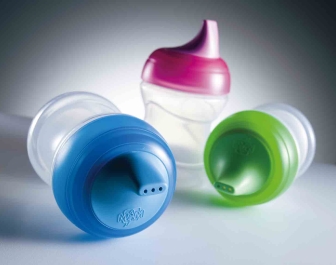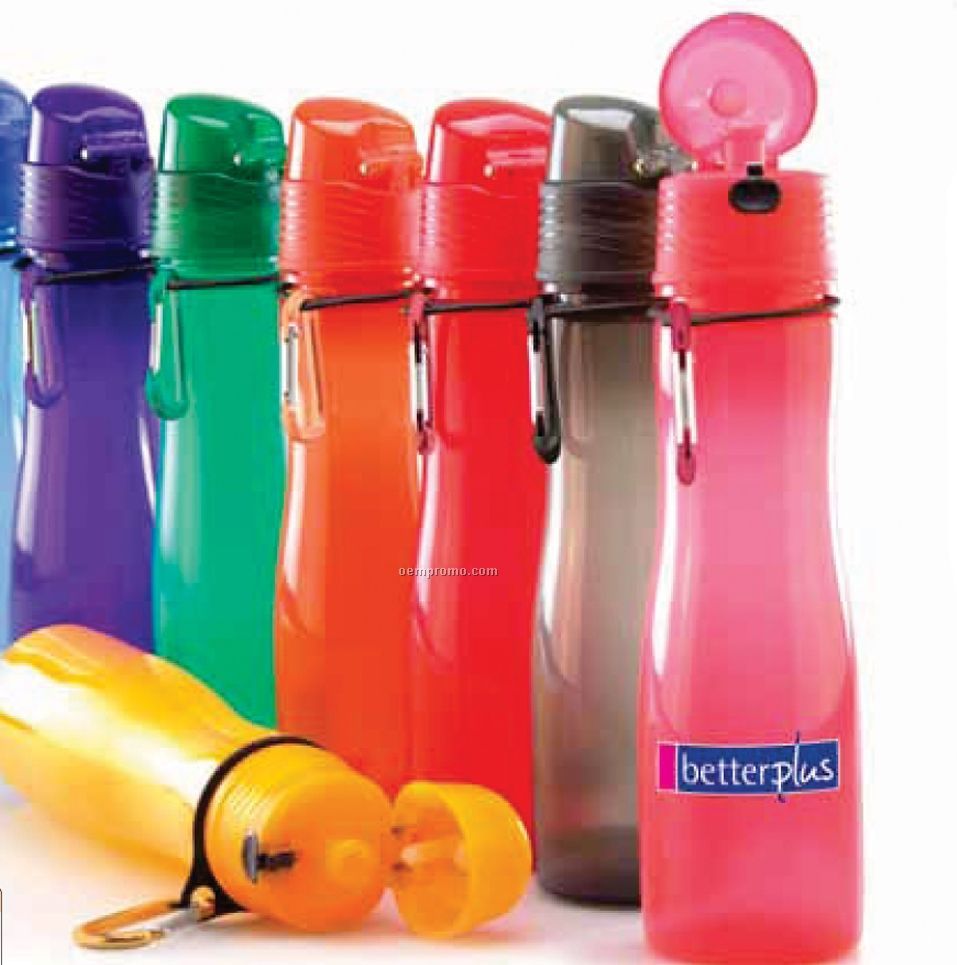China’s demand for imported PE and PP has tapered off in the past two to three weeks as buyers strongly resisted price hikes, industry sources said on Tuesday. The country is the world’s largest importer of PE and PP.
“There seems to be a stand-off between buyers and sellers now. Many importers decline to buy large volumes at current prices, but suppliers are not willing to drop their prices,” a Shanghai-based trader said.“Many resin producers in Asia and the Middle East raised their asking prices in recent weeks to match rising crude values,” a South Korean PE producer said.
Some HDPE grades were offered up as high as $1,280/tonne (€909/tonne) into China on a CFR basis, while offers for polypropylene injection grades hovered around $1,100/tonne CFR China last week. The relatively tight supply of PE and PP grades due to planned and unplanned shutdowns of regional plants from April to June also supports suppliers’ call for higher prices, a PP producer and a PE maker in southeast Asia said. Despite the tight supply, Chinese importers are hesitant to place new orders because of weak converter demand, a trader in Hong Kong said.
“Demand for almost all kind of resins is very weak in south China as most of the end-users here are export-oriented and the overseas markets are still weak,” the trader in Hong Kong said.
Many Chinese traders were holding low inventories in anticipation that Sinopec’s joint venture plant in China and Sumitomo Chemical’s joint venture plant in Saudi Arabia would start up in the third quarter, and that the new supplies would push regional prices down, the Shanghai-based trader said.
“If these plants don’t start up as expected, prices are likely to fluctuate in a tight range at current levels,” a second Shanghai-based trader said.
Despite expectations of fresh supply hitting the market, PE and PP end-users in China resurfaced to buy cargoes three weeks ago when crude prices were bubbling above $70/bbl, the Shanghai-based trader said. Some Chinese traders said they were concerned that regional supplies could build up again if import demand from China does not improve, thus setting the stage for a sharp downward price correction. However, some Asian producers and traders said any downward correction would be moderate as China’s net import requirement was still huge.
“China’s local production is not enough to cover its demand. When it has to buy, it will buy (PE and PP) even at higher prices,” a source at a Japanese trading company said. Nevertheless, Chinese importers would likely find themselves in a buyers’ market when the new plants start up, a third Shanghai-based trader said. When there is excess supply and weak demand from the export-oriented end-users in China, imports would have to match local prices in order to be competitive, he added.
On the other hand, Asian and Middle East producers were likely to divert their exports from China should prices fall too much, an Asian PP producer speculated. “If the prices in China cut into the feedstock costs, Asian producers would cut production,” a second Asian PP producer said.
Source: nctww.com







